|
Departing for Coconut Island What is it like to spend 24 hours on a private island in beautiful Kāneʻohe Bay conducting scientific field work? A group of my 7th grade students from Le Jardin Academy just found out. I had the privilege of bringing 15 students, all stoked on marine science, to the Hawai'i Institute of Oceanography (HIMB) on Moku o Loʻe (Coconut Island) for an overnight trip. Scientists from all over the world come to HIMB to access the marine environments and utilize their world-class laboratory facilities. Saturday afternoon, our group took the quick shuttle boat rides over to the island to begin our own marine science adventure. Setting Up Camp Our guide Leon from the HIMB Community Education Program welcomed us to the island and, after a safety briefing, everyone got to work pitching tents and organizing our gear. We had a long day (and night) of science ahead of us, so we had to get camp set up. We were all happy to be on the island and were impressed with the view from our campsite! Touring the Hawai'i Institute of Marine Biology Next, Leon gave our group a comprehensive tour of Coconut Island and the public areas of HIMB, sharing information not only about their current oceanographic research projects but also about the fascinating history of the 28-acre island. Students were impressed to learn how the island has evolved over time. Some of the island's uses include: an outpost for native Hawaiian fishermen; a lavish private estate complete with exotic zoo; and a world-renowned research institution operated by the University of Hawai'i. You can read a detailed history of the island here.
Not surprisingly, some of the most popular destinations on the tour were the shark labs. In two different pens, we observed blacktip reef sharks and hammerhead sharks getting fed. We also visited a large enclosure and watched scalloped hammerhead sharks and sandbar sharks cruise below. Students learned about HIMB's current shark research projects involving shark-human interactions, spawning migrations and foraging strategies of top predators, and digestive physiology and navigational abilities of sharks. Students gained a new appreciation for our local sharks; in fact, Kāneʻohe Bay is an important breeding ground for the hammerheads. You can read an overview of the research conducted at HIMB's labs here. Setting Up Our Coral Larval Experiment Next, we joined graduate student Raphael Ritson-Williams of HIMB's Gates Lab. In his graduate work, he is studying how corals respond to local and global stressors, including climate change, and he told students about the recent coral bleaching events in Kāneʻohe Bay. Raphael also explained his work in larval ecology, and he gave us the unique opportunity to participate in an actual coral larval experiment that was set-up in the lab's outdoor seawater system.
Getting in the Water... Now it was time to get in the water and explore the bay! Raphael and I explained how scientists quantify habitat and biodiversity in different environments, including coral reefs, by conducting a transect survey. Students grabbed their transect lines and quadrats and used these real scientific tools to survey an area of coral reef next to the island.
Conducting a Night Plankton Lab Once we got cleaned up, the sun began to set and it was time for dinner. We had to fuel up before our night plankton lab. We were not done science-ing yet!
We found that blue LED lights attracted more plankton than the red...Do you know why?
Rising and Shining The sun rose and so did our group this Sunday morning. We only had four hours left on the island and we wanted to make the most of it. After packing up camp and eating breakfast, we were ready for action. Counting Coral Larvae We have babies! I am happy to report that many of the corals in the experiment released larvae overnight. Students worked together to count hundreds of coral babies and then shared these data with Raphael. We all appreciated observing the tiny planktonic coral larvae, a life stage of the animal not usually seen.
Giving Thanks A big mahalo to the 15 7th graders on this marine science enrichment trip. I appreciated your enthusiasm and cooperation during our time together on Coconut Island. Your insightful questions, passion for field work, and clever humor made the trip a success! I hope this experience has inspired you to care for our ocean and possibly pursue a career in marine science. And a big mahalo to each of the following people:
|
AuthorThis blog contains occasional dispatches from my science classroom and professional learning experiences. Thank you for reading! Archives
December 2021
|
|
Cristina Veresan
Science Educator |
Proudly powered by Weebly
|
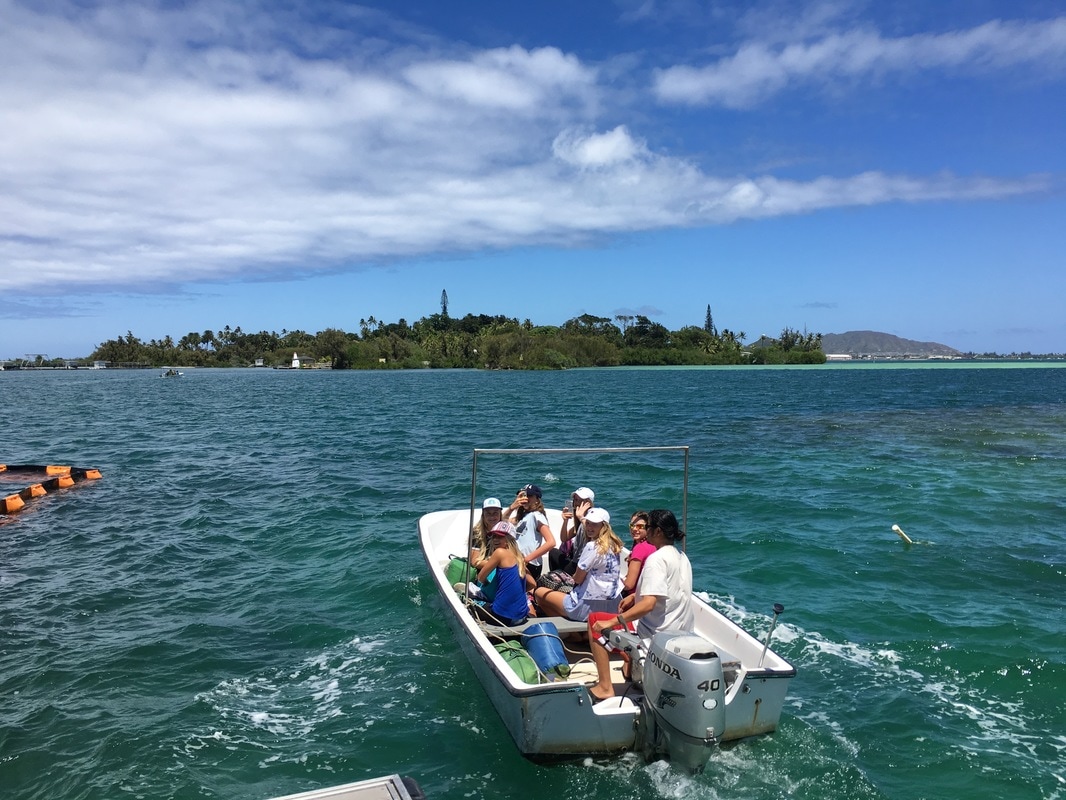
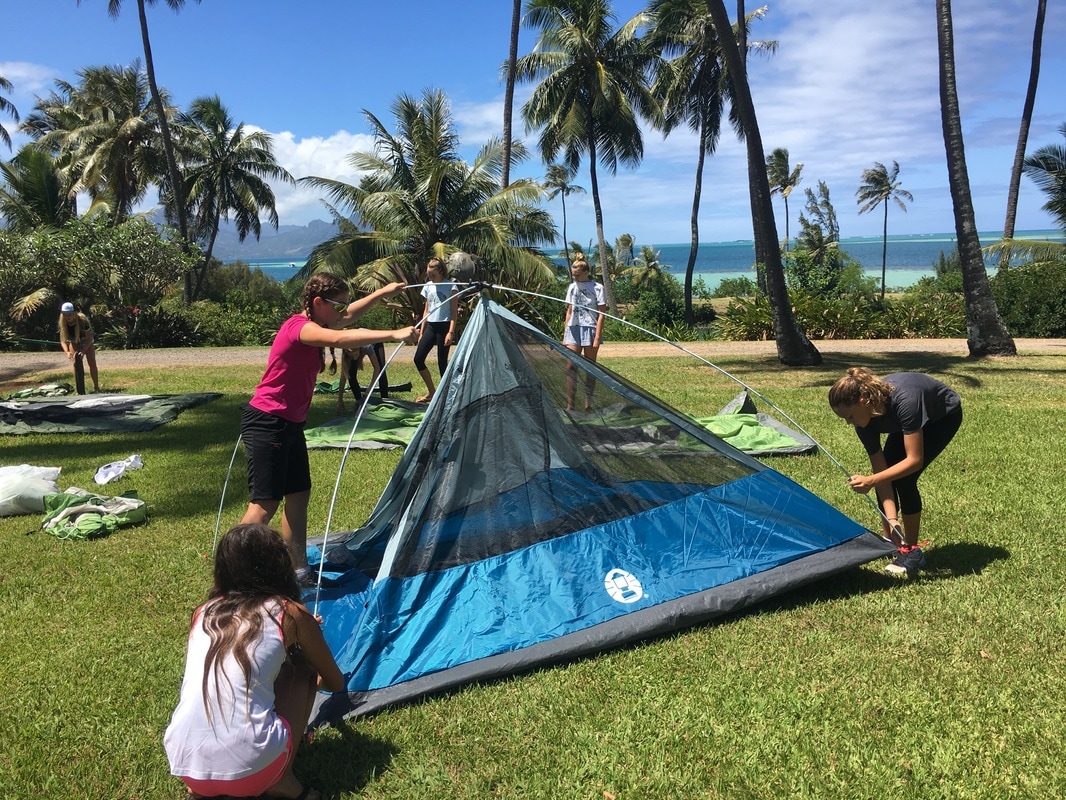
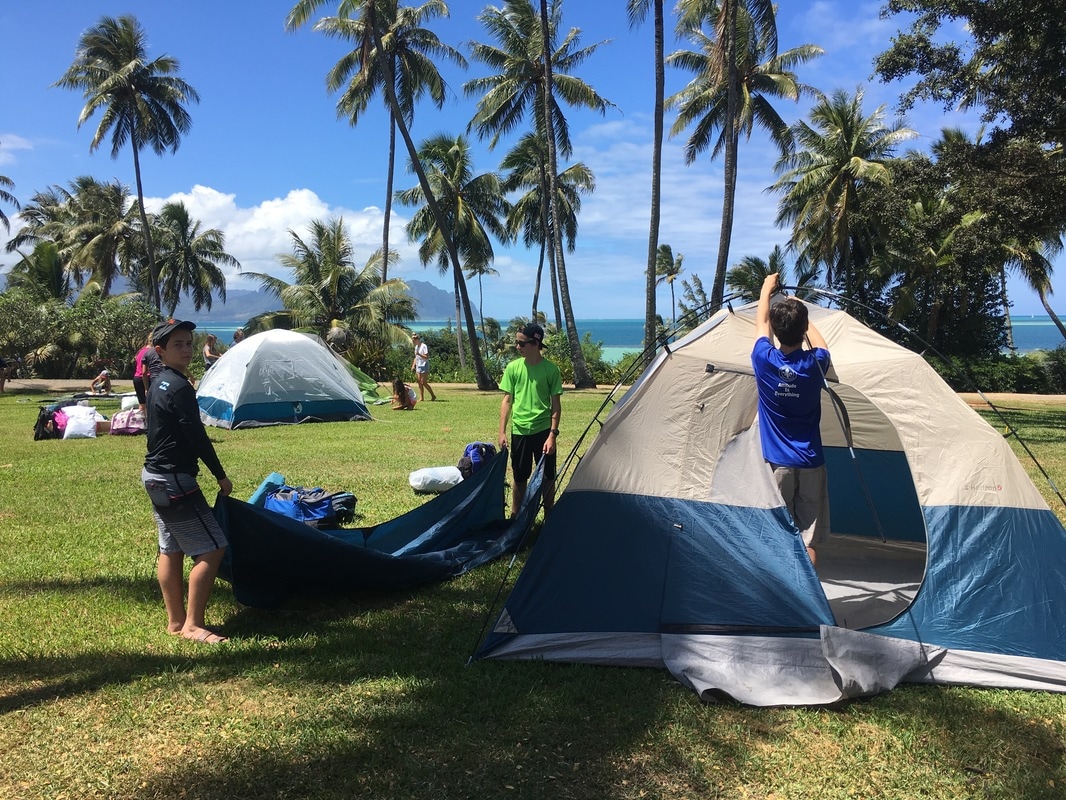
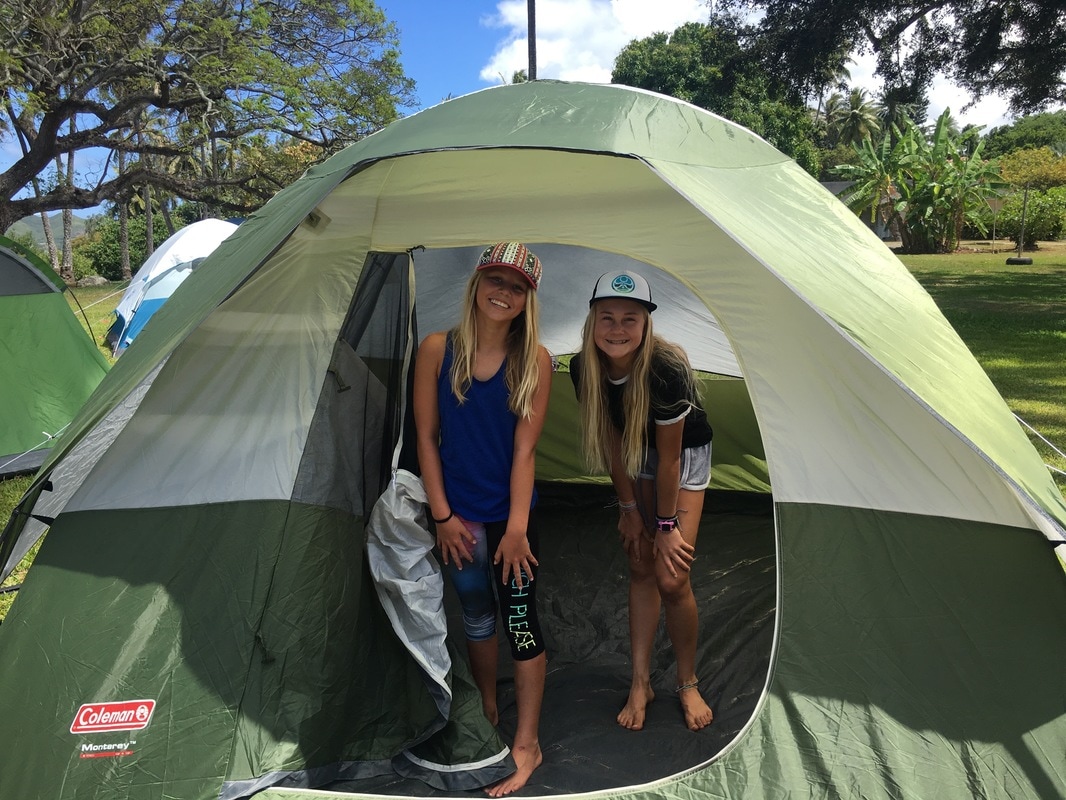
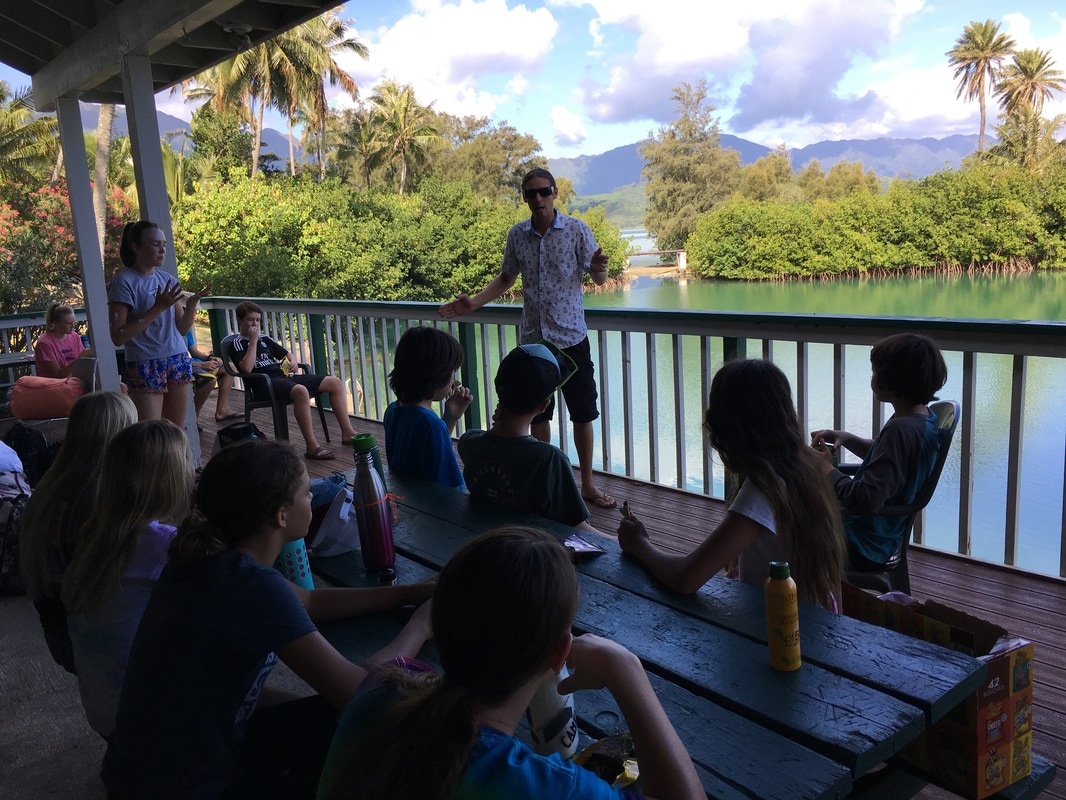
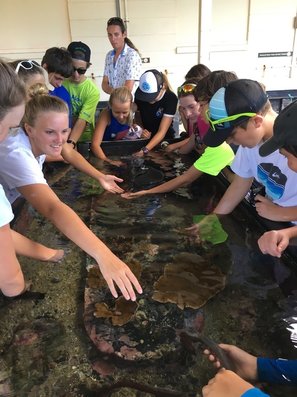


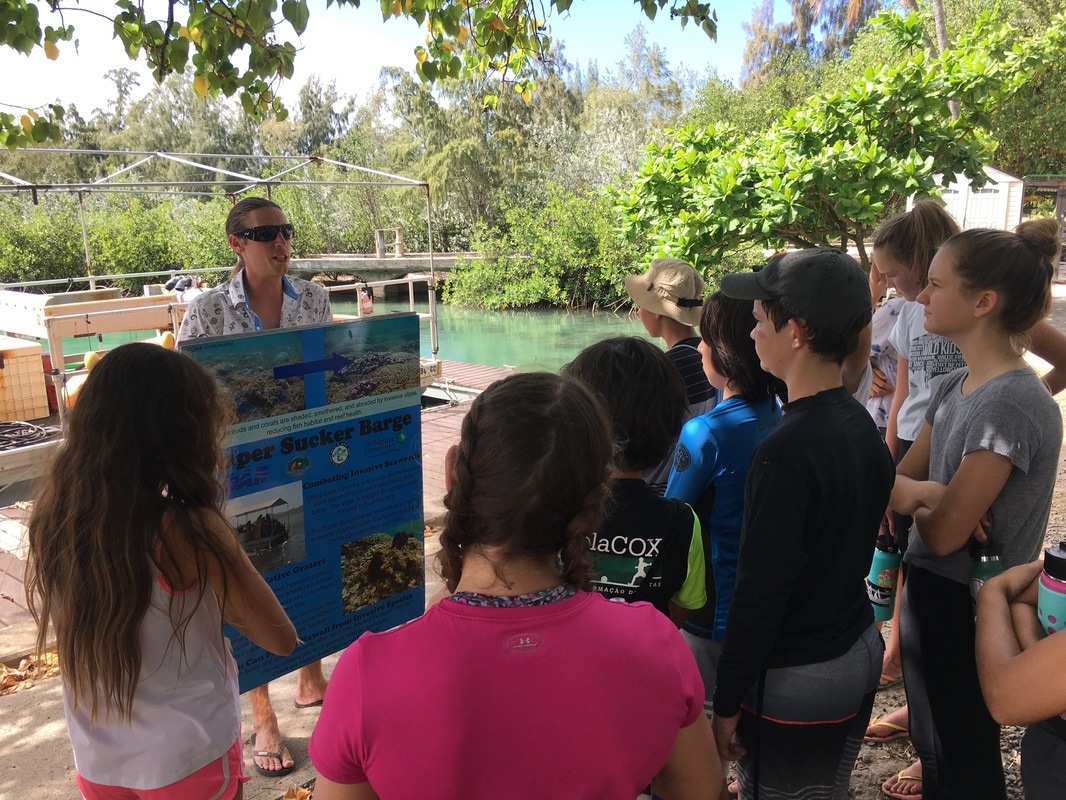




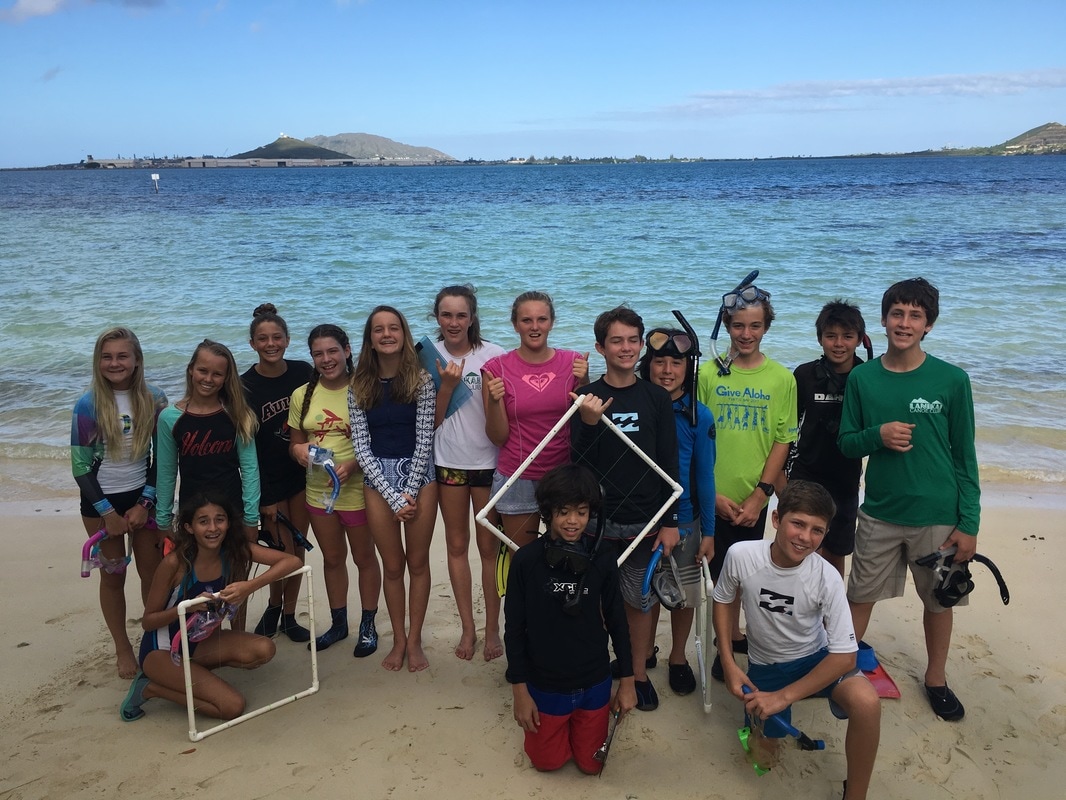
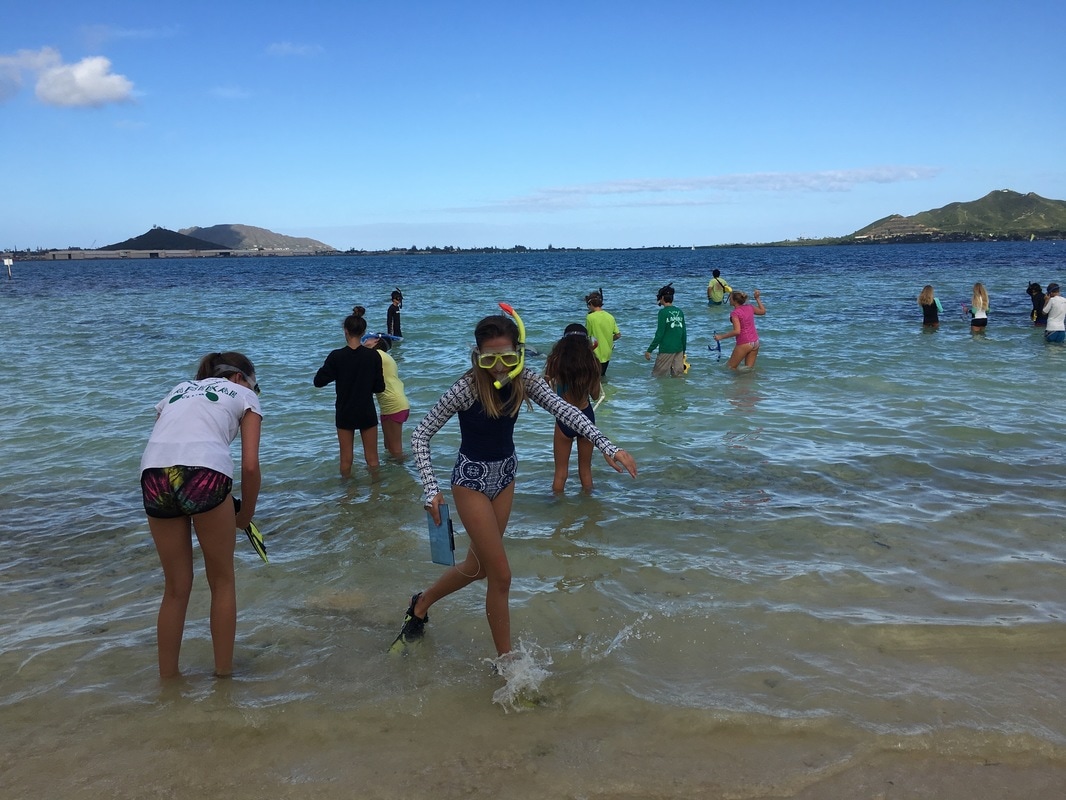
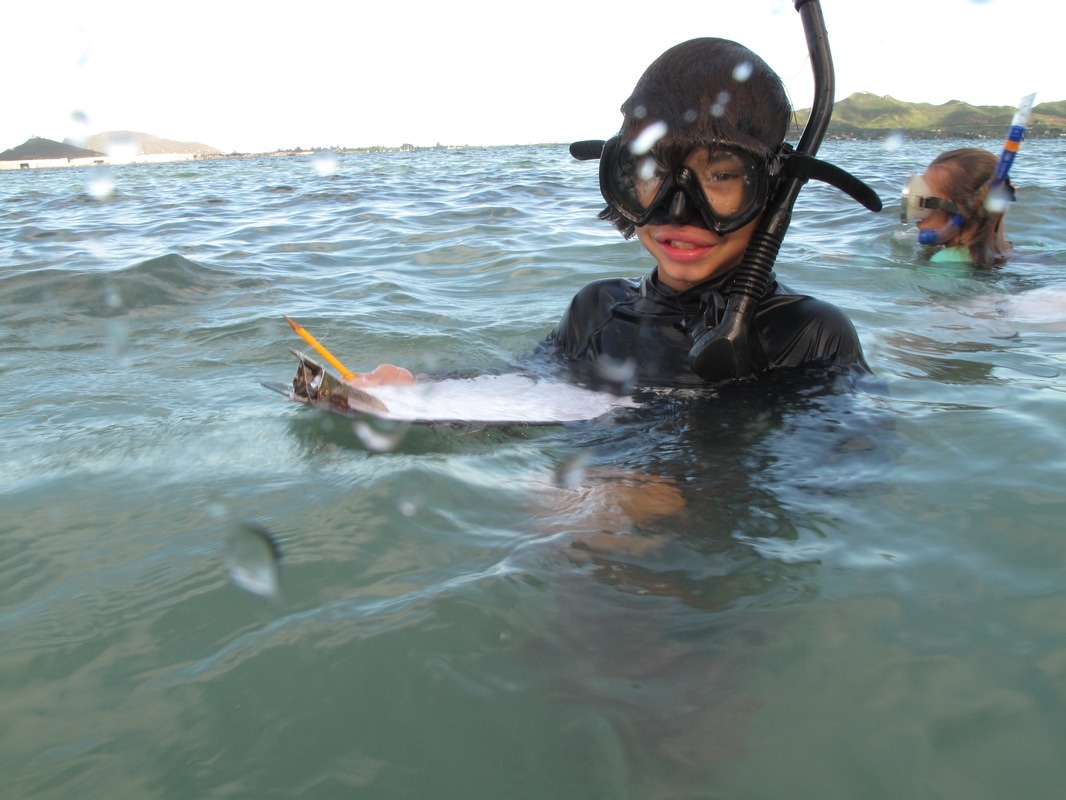
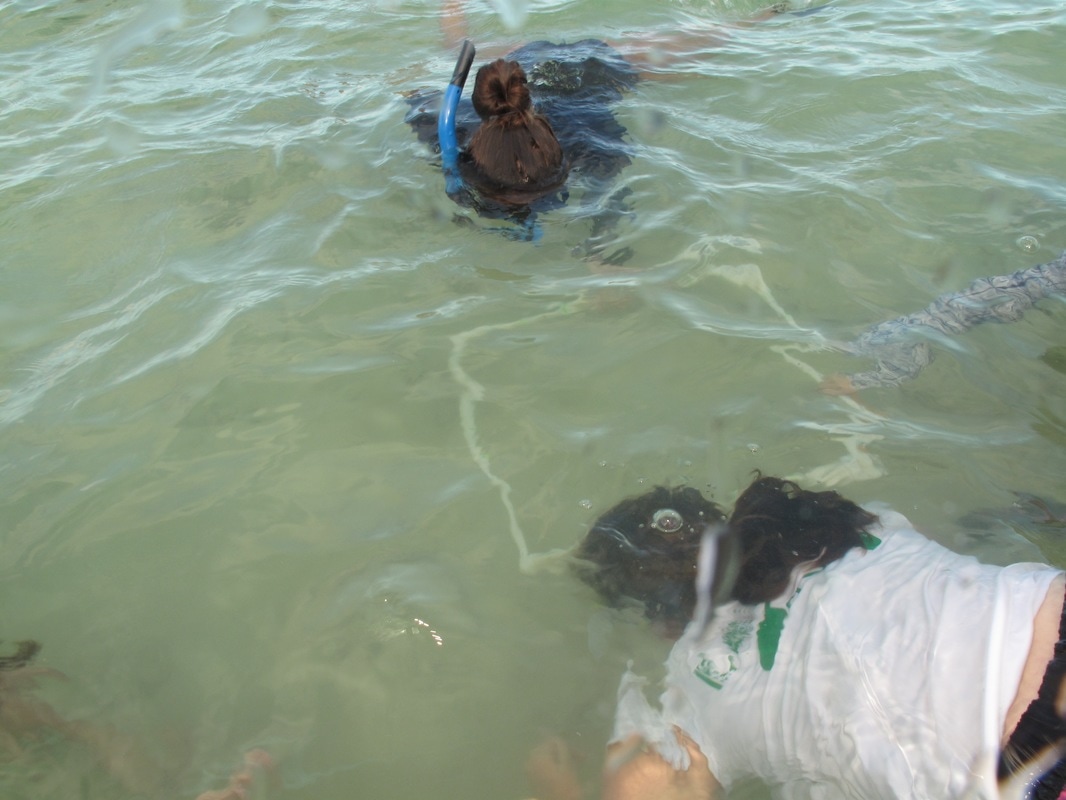

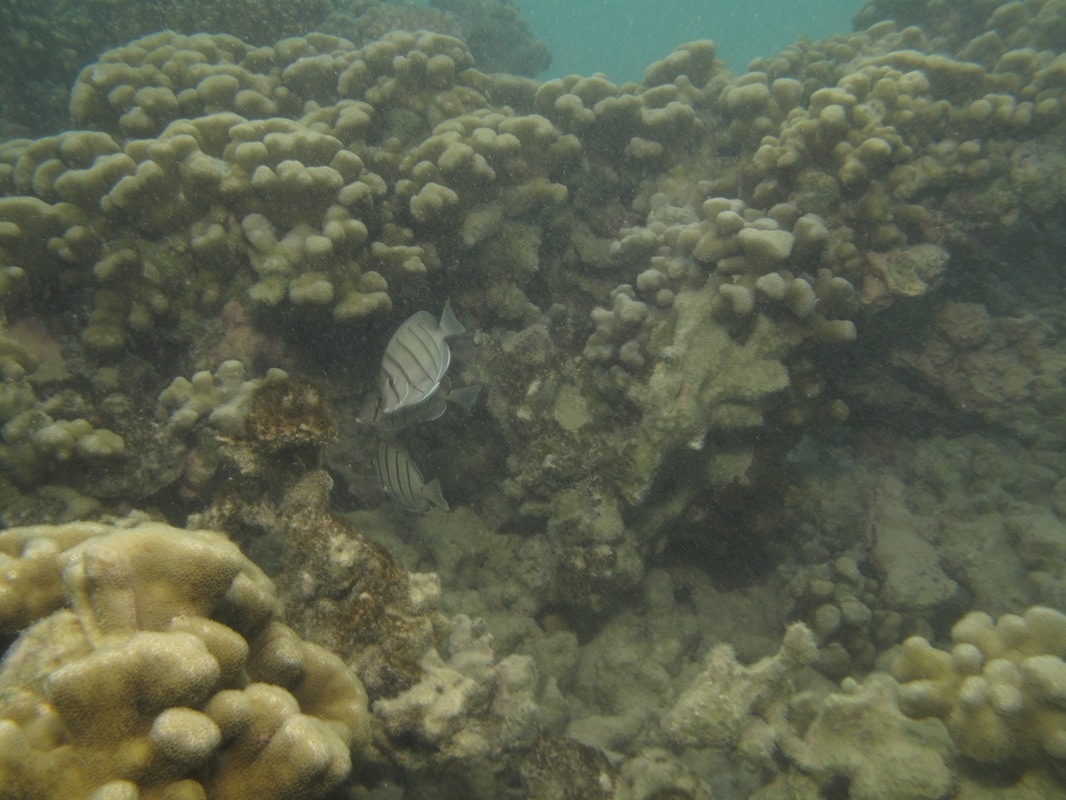
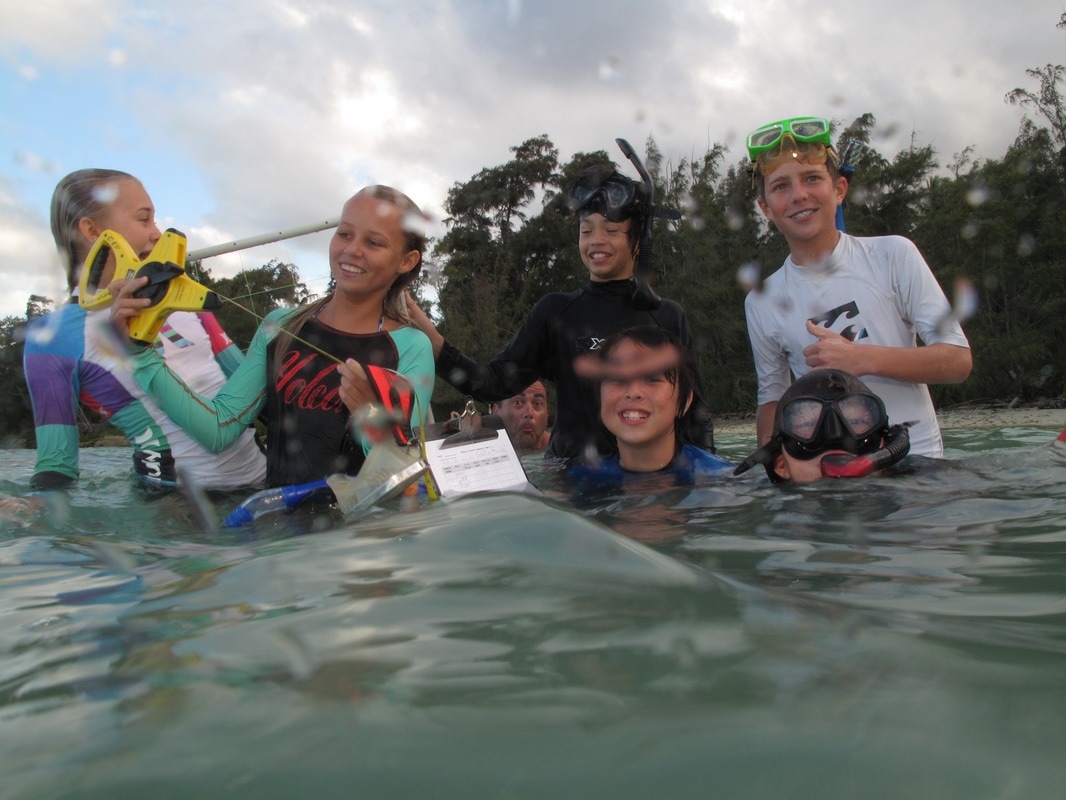



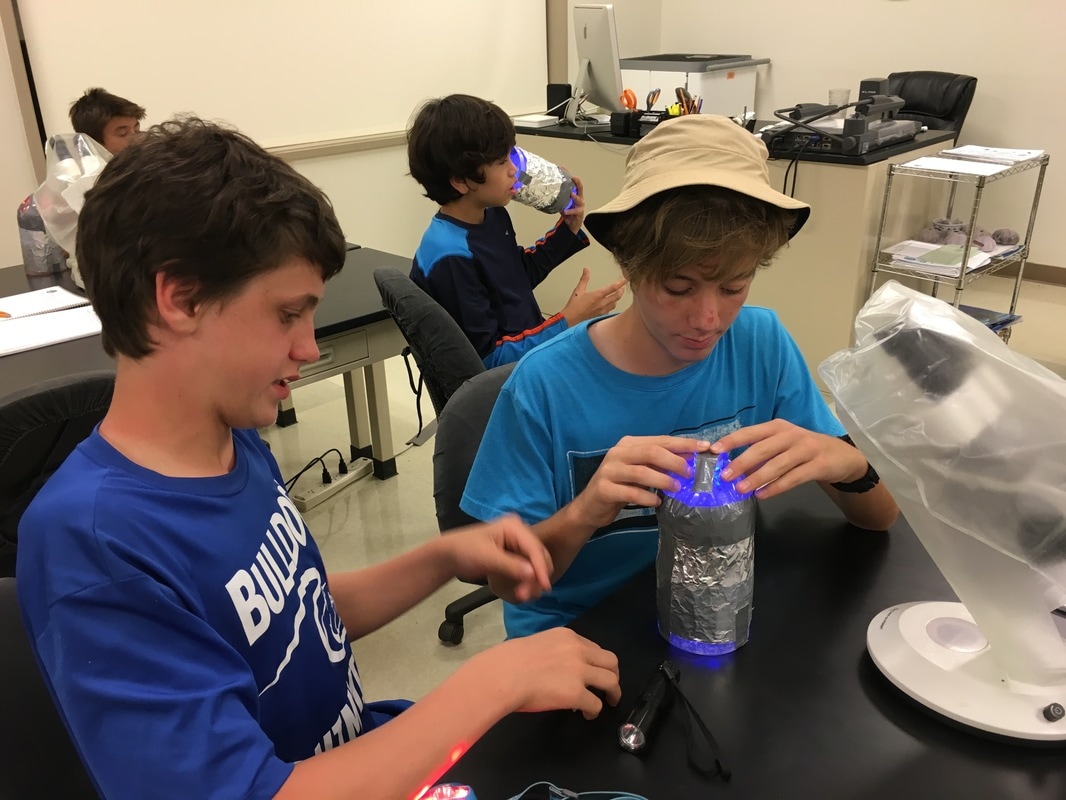
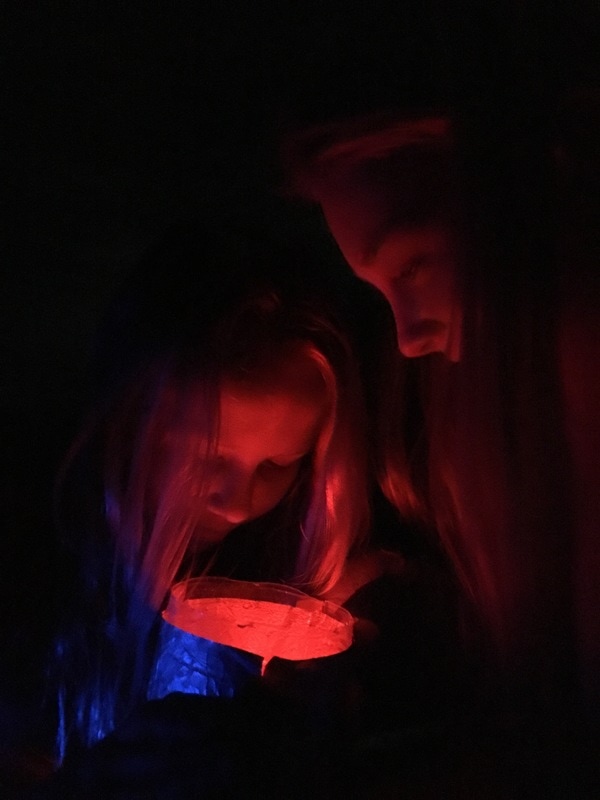

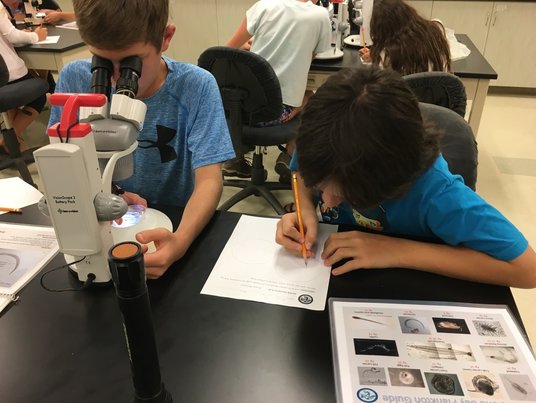

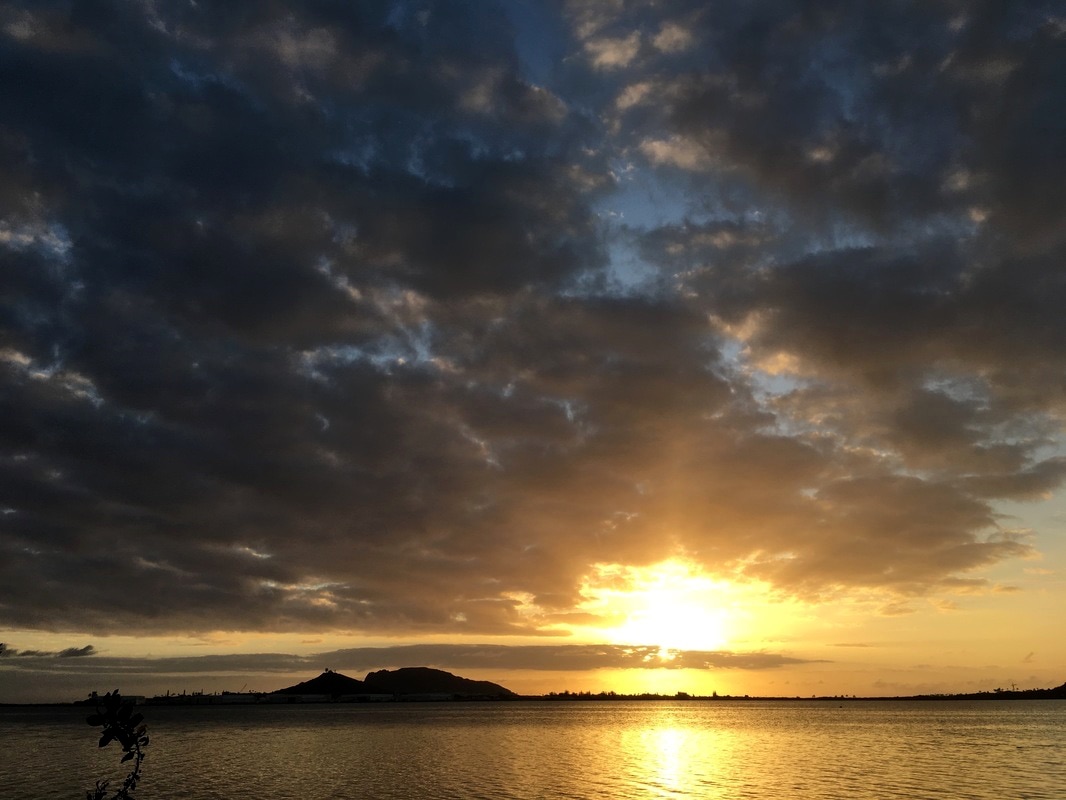




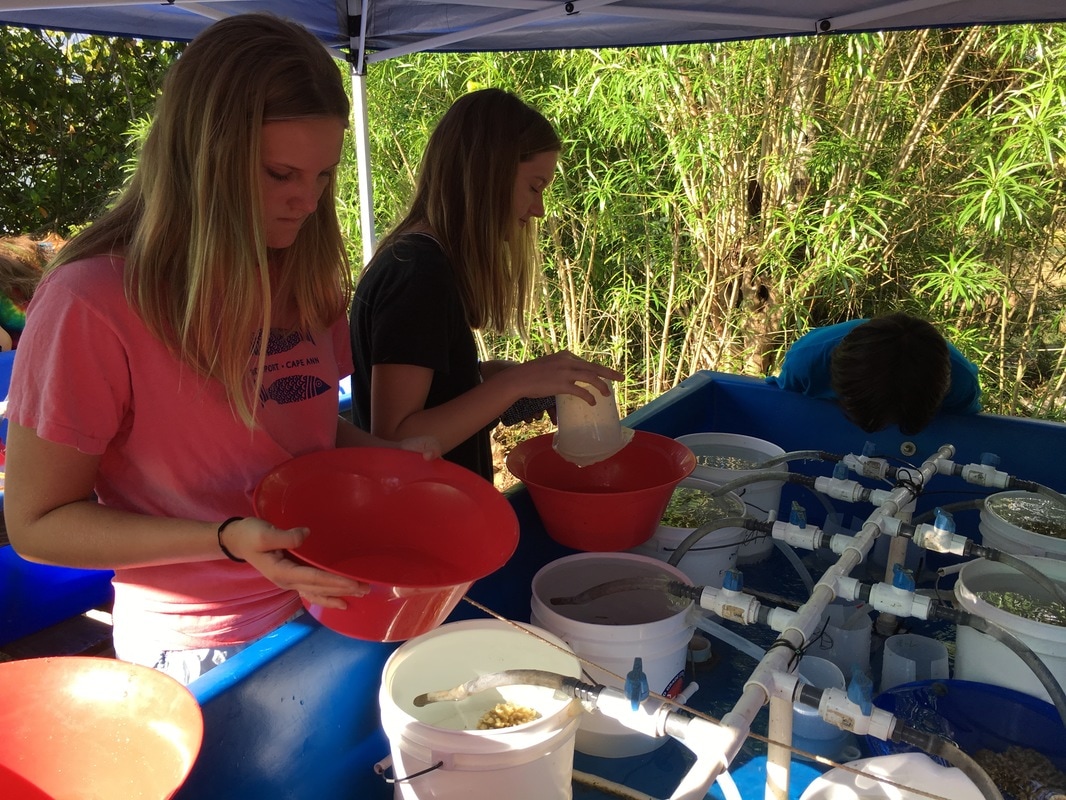
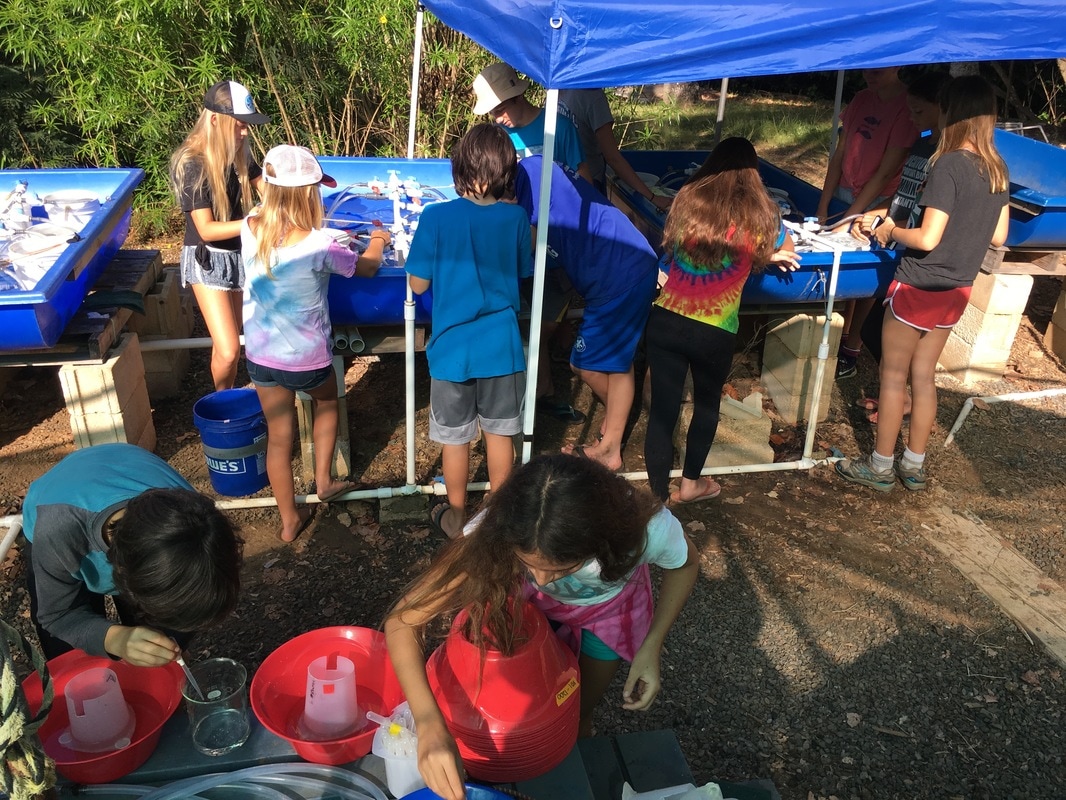
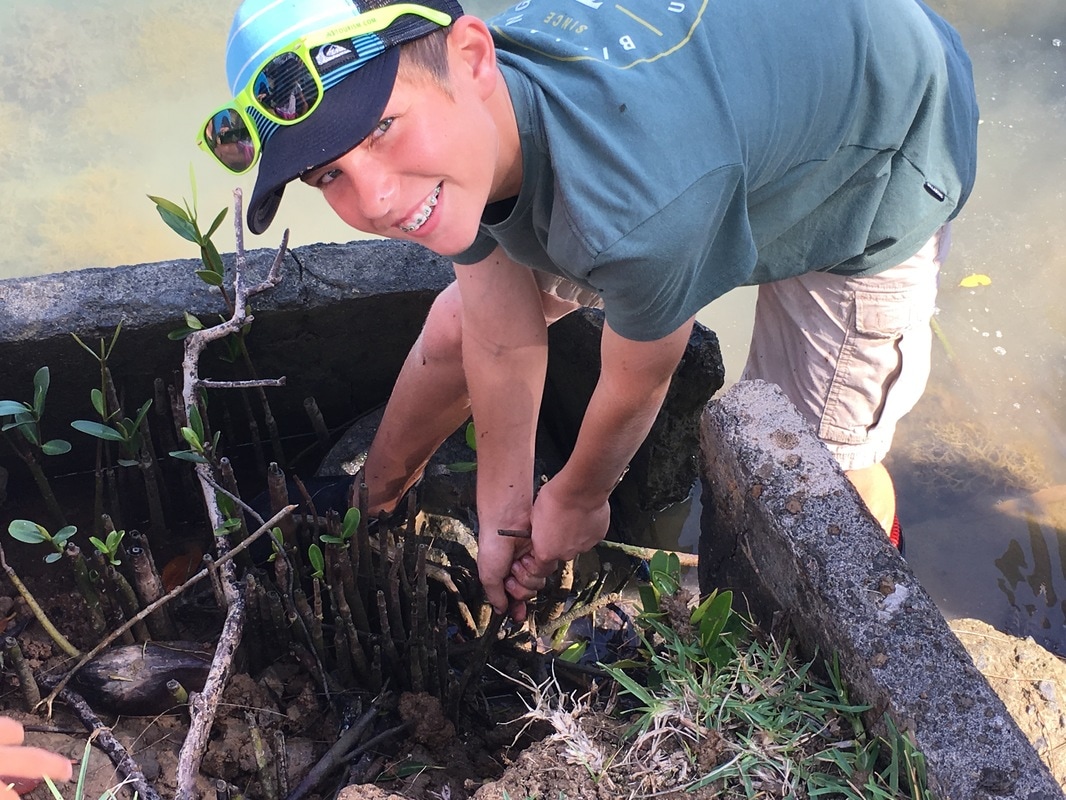
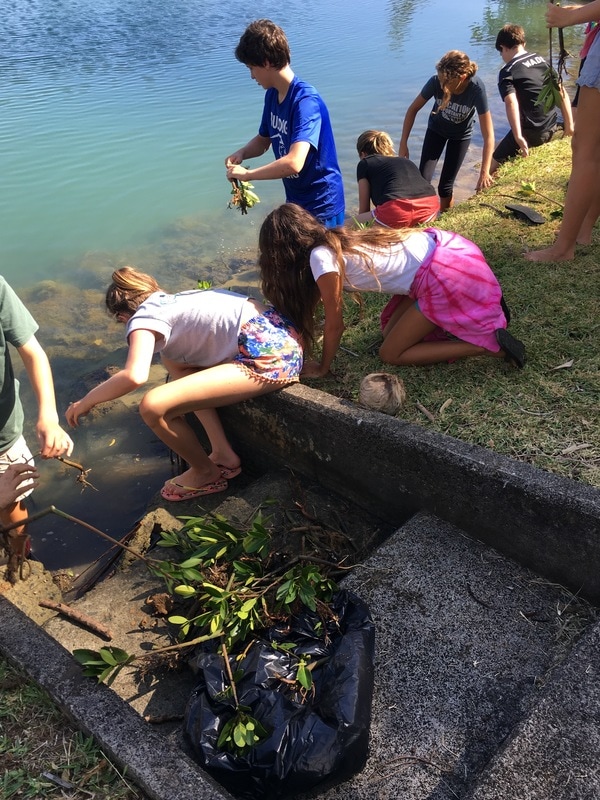
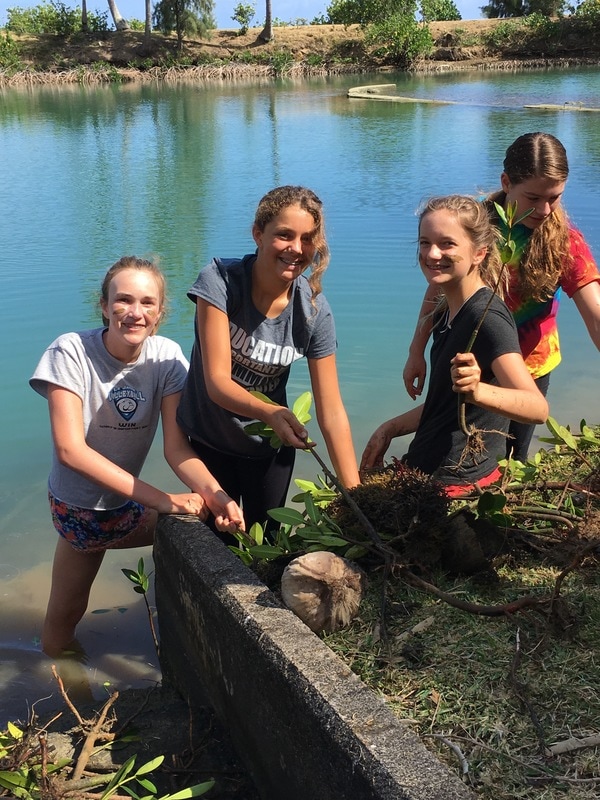


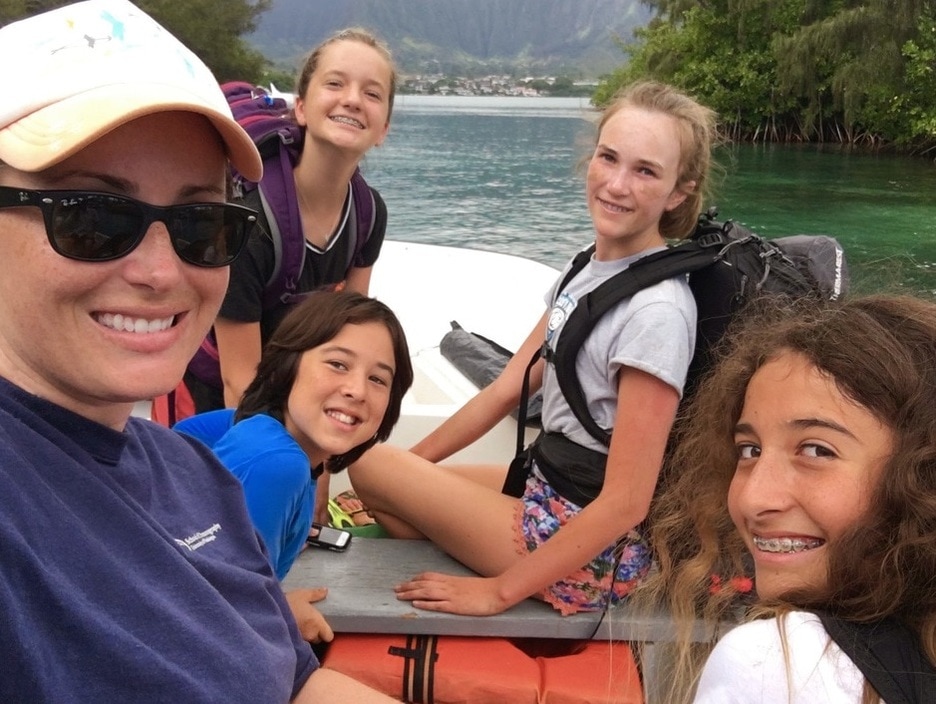

 RSS Feed
RSS Feed